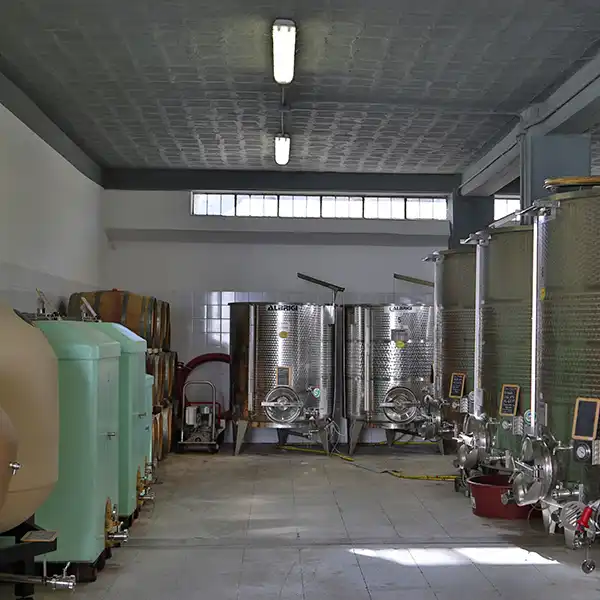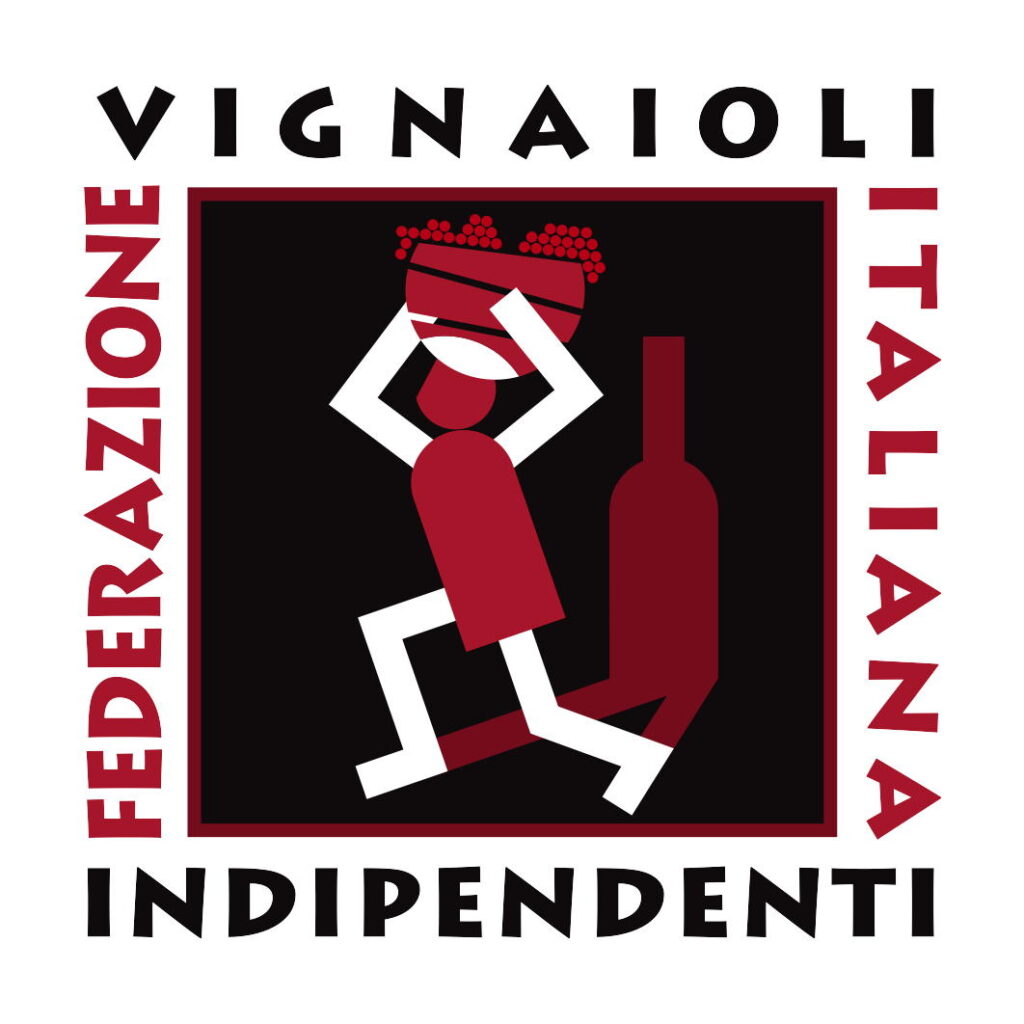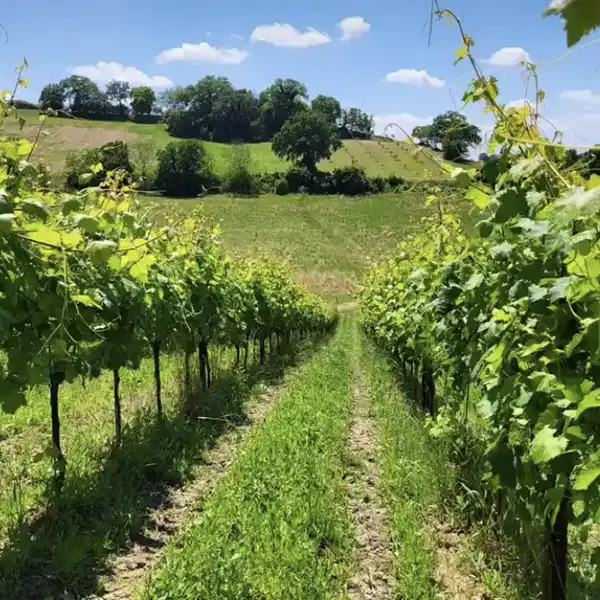Podere Sabbioni
... in the heart of Marche
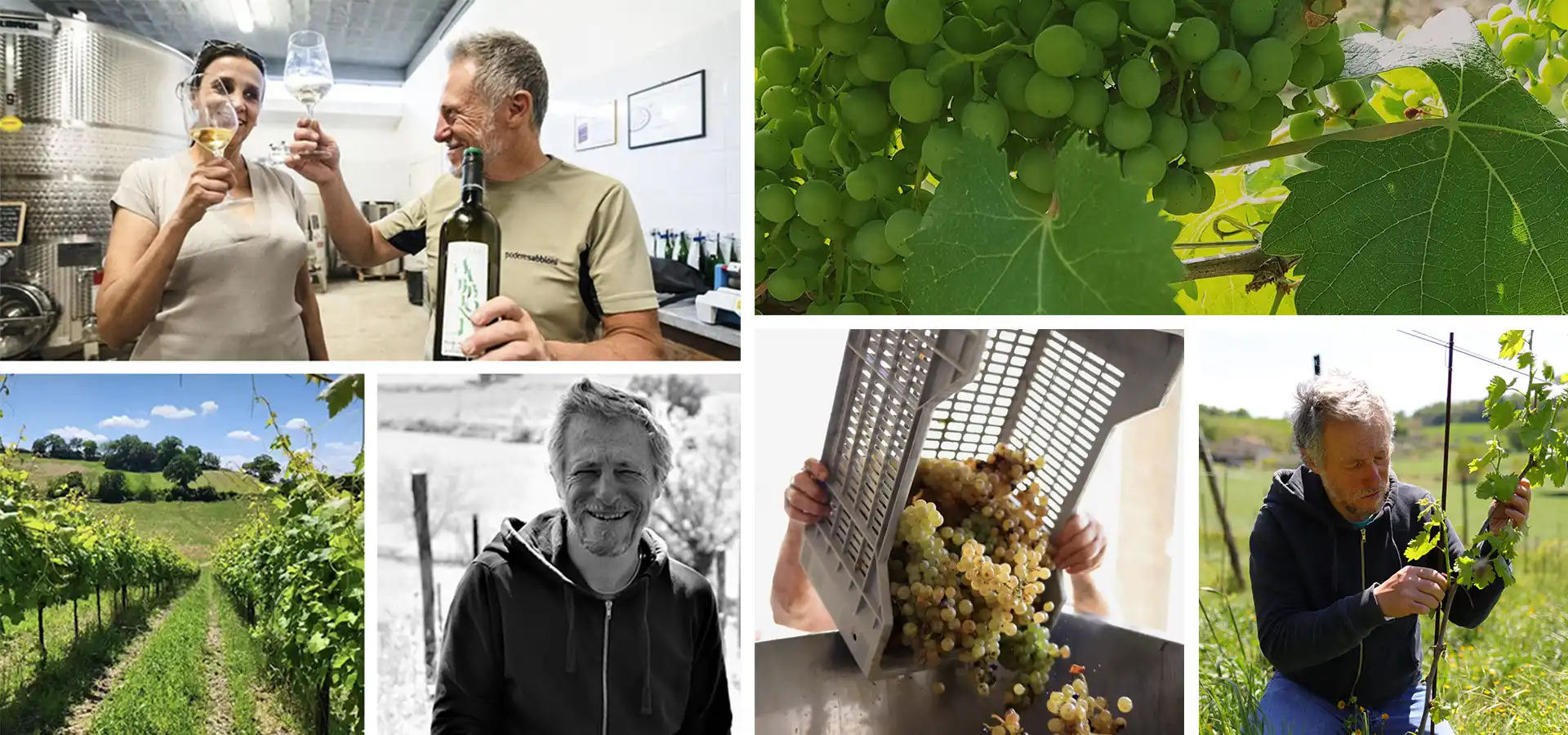
Podere Sabbioni

Podere Sabbioni is a multifunctional farm as defined by the OECD, i.e. a farm that in addition to its “primary function of producing food and fiber, can also design the landscape, protect the environment and the territory, conserve biodiversity, manage resources in a sustainable way, contribute to the socio-economic survival of rural areas, ensure food security”.
The vineyard
Where a light breeze always blows
A natural amphitheater resting on the hills with a lot of biodiversity, 4 hectares, 170 meters above sea level, 20 km from the coast, on the edge of the Abbey of Chiaravalle di Fiastra nature reserve, in the municipality of Petriolo. Two opposite slopes form a gully where a light breeze always blows.
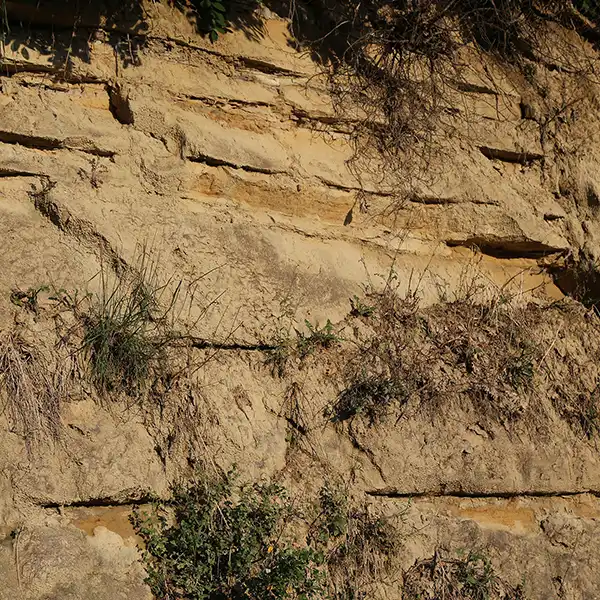
The soil
Limestone and sand, little skeleton
Limestone and sand, little skeleton. A lean soil, which yields savory, mineral, vertical wines.
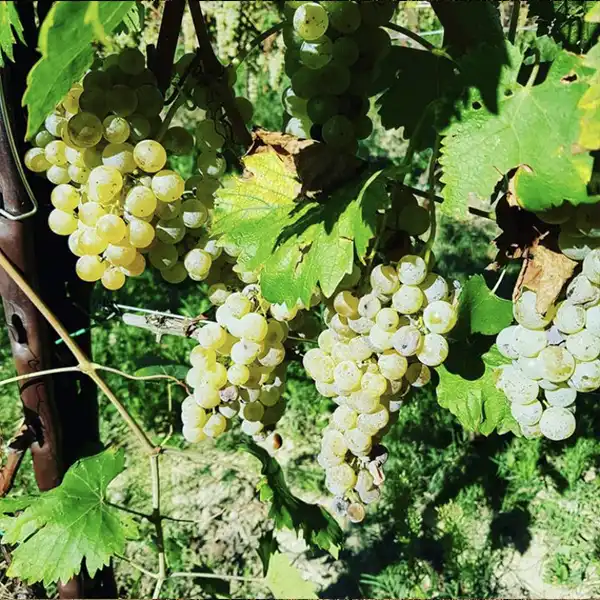
The grapes
Only native vines
We grow Maceratino, Ribona and Verdicchio for white and classic method wines. Montepulciano and Sangiovese for red and rosé wine.
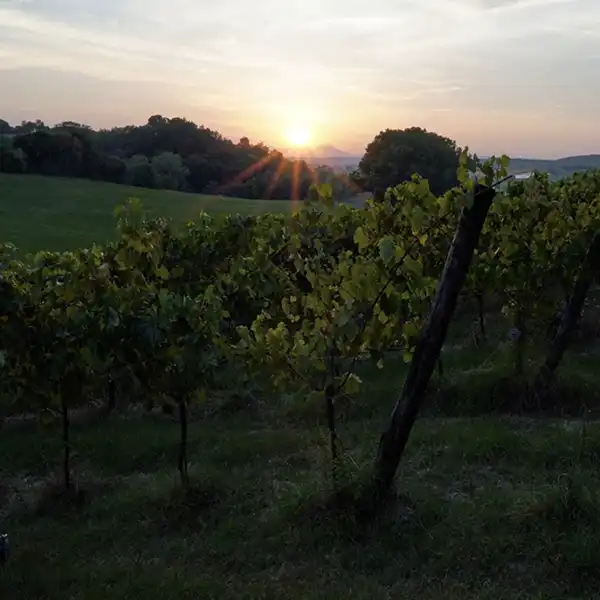
The technique
Between the rows
We work the soil lightly to avoid compaction, we sow field beans and barley to benefit from the work of the roots in depth. We do not use fertilizers of any kind, only manure, which helps us increase organic matter and bring life into the soil. We have a weather station in the vineyard to have real-time data, treat when needed and limit the use of copper as much as possible. Bees are our allies, they feed on the juice of the spoiled berries and thus leave the rest of the bunch intact. We do not use insecticides or herbicides.
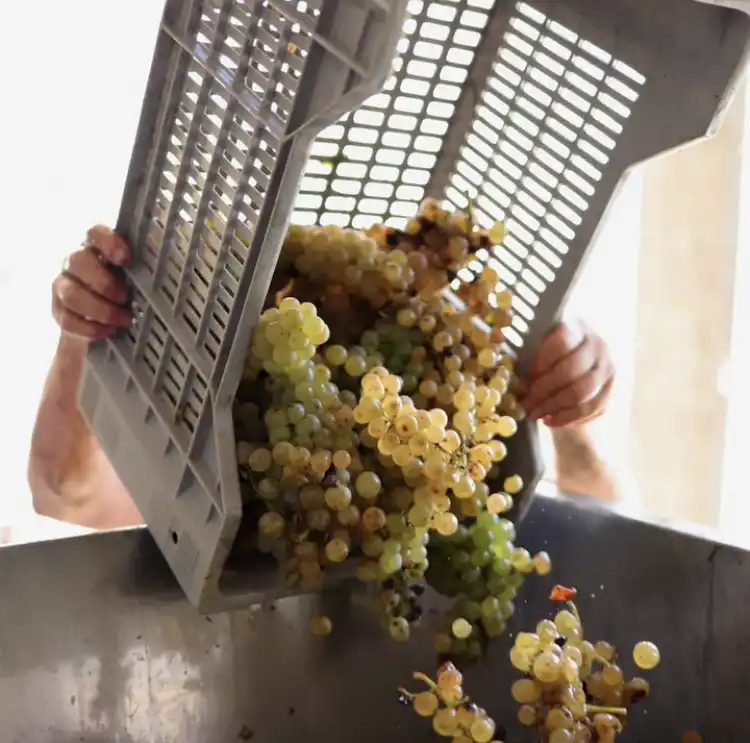
The wine
The harvest and the wine
We harvest the grapes in small crates and bring them to the cellar fresh. For the white wine, part of the grapes are destemmed with a state-of-the-art machine, which detaches the grain from the stalk without crushing it, and part is inserted whole, by hand, directly into a soft press. We add dry ice (carbon dioxide in the solid state), to prevent oxygen from altering the color of the must during the crushing phase and, above all, from “burning” the aromatic and varietal components. For the red, after destemming, the grapes are left to ferment almost whole; They form a sort of cap in the must, which is wet two or three times a day with pumping over. We refine the wines in cement, ceramic and steel tanks. We use wood only for red wines, after a 12-month passage in steel or concrete. We don’t have a fixed pattern, we do what is necessary for us
